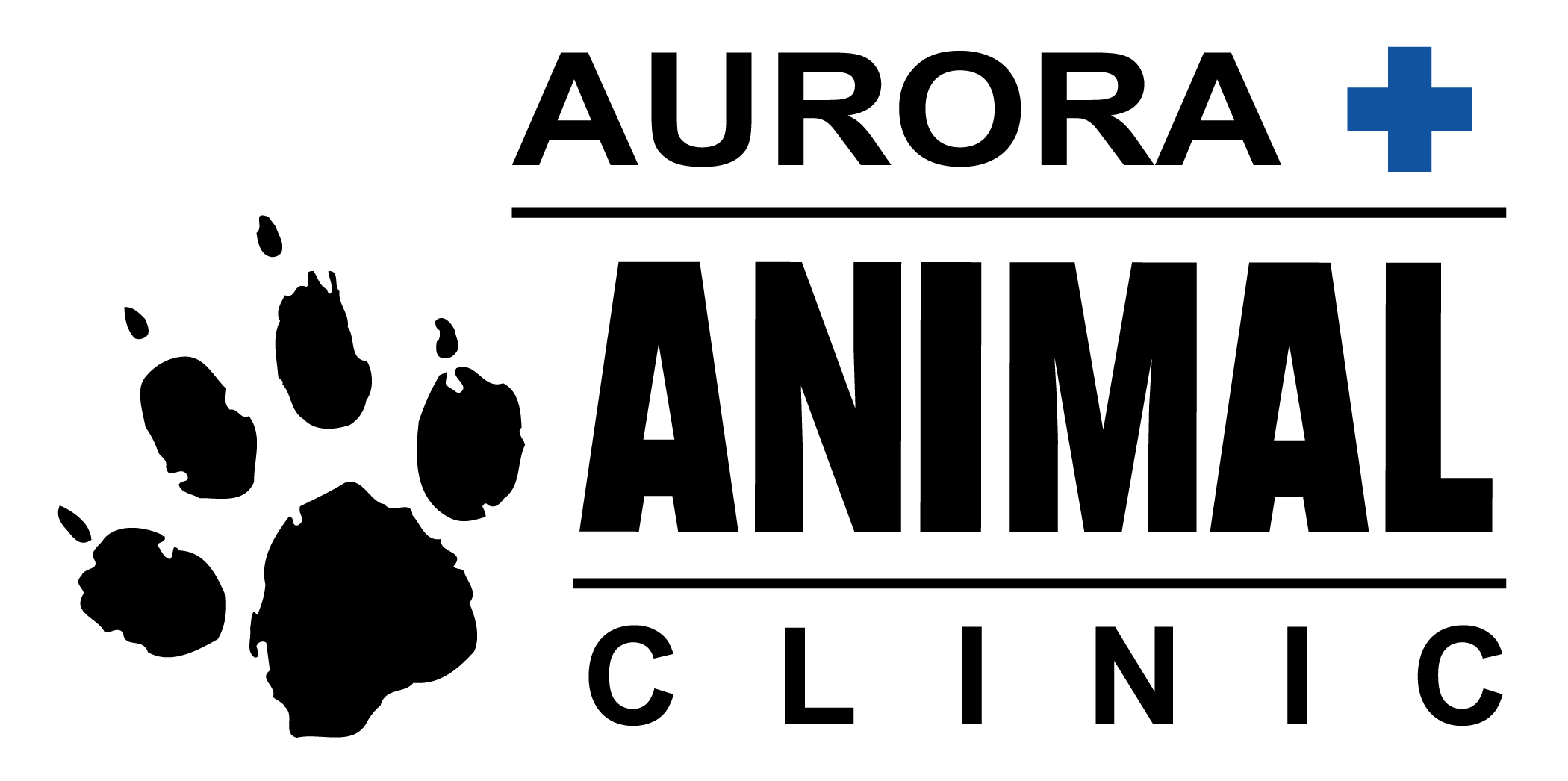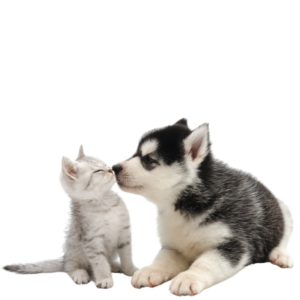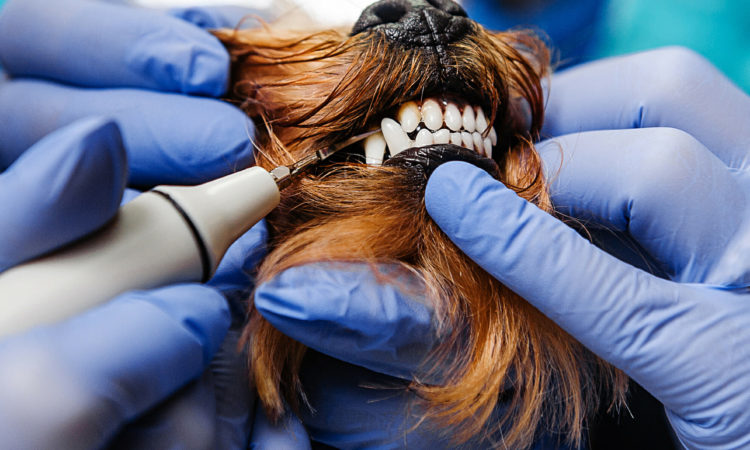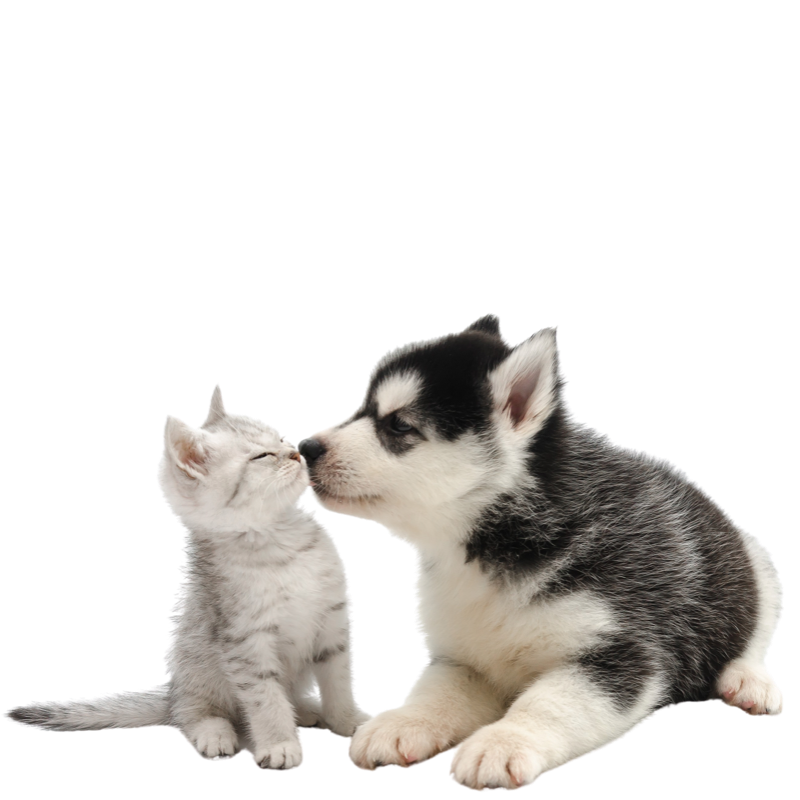Dental disease is present in over 80% of cats over the age of 3. We encourage at-home dental care using dental diets, regular teeth brushing, water additives and safe chew toys.
All pets start out owning a full set of clean, shiny teeth but unfortunately, there are many that do not stay that way for very long. Sometimes it’s easy to overlook what’s happening inside the mouth of a dog or cat, and before you even realize there’s a problem, the dental disease has advanced to the point where tooth loss is unavoidable. Over time, debris from food mixes with saliva and oral bacteria to create an ever-thickening layer of crusty tartar, which sticks to the teeth and eventually creeps below the gum-line to erode the sockets of the teeth. Eroding sockets cause the teeth to become loose and also permits bacteria to enter an animal’s bloodstream – something that may result in serious problems elsewhere in the body.
Some pets are far more prone to develop dental disease than others. Fussy pets who prefer softer foods and refuse to chew on anything hard, plus older pets overall, are also more likely to have tartar and gum disease.
What is involved in a dental cleaning procedure?
Dental cleaning and polishing are performed under general anesthesia. Every tooth is also x-rayed to ensure the root structures below the gum line are healthy.
What are signs of dental problems in cats?
Signs of dental disease can include facial swelling, drooling, rubbing the face and reluctance to chew food.




